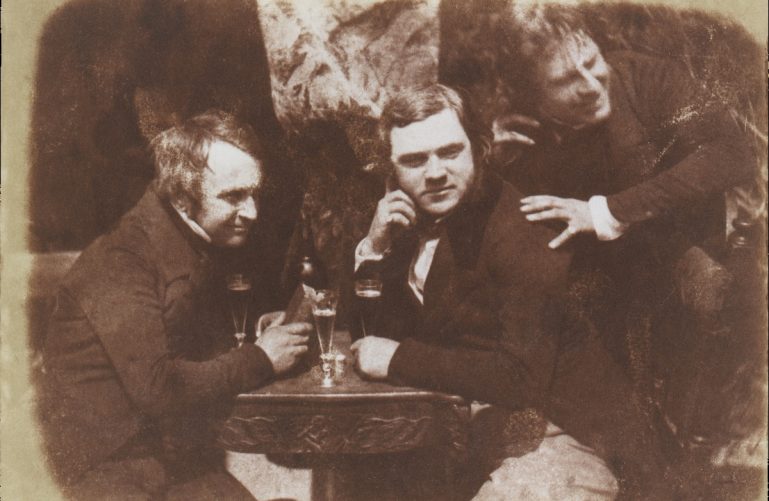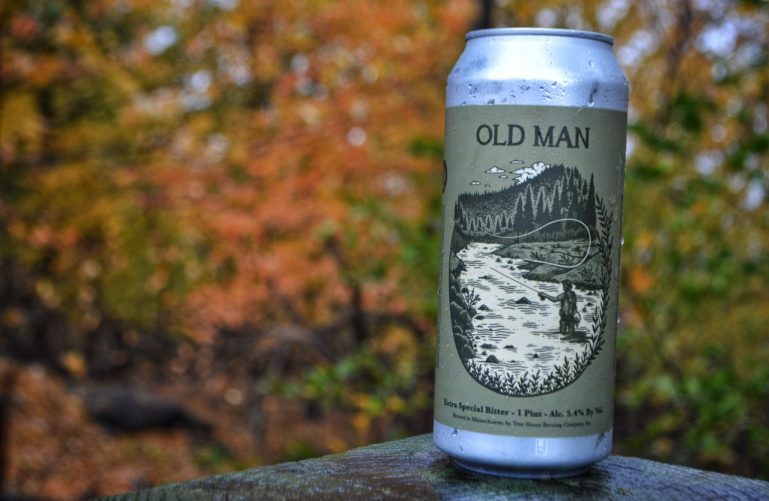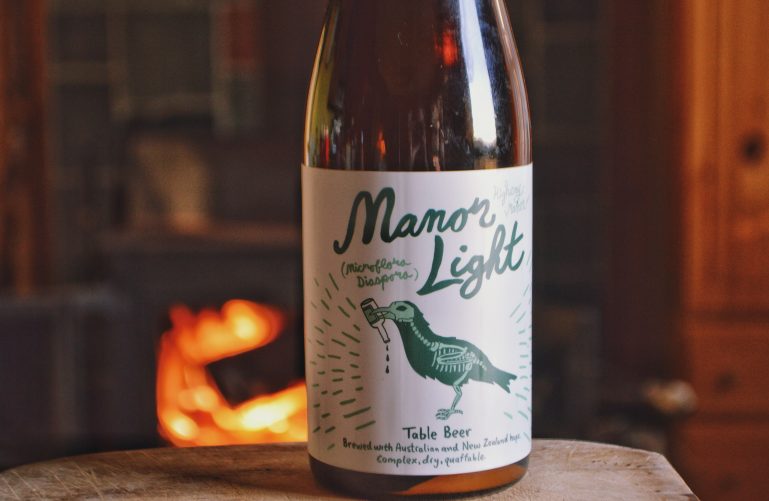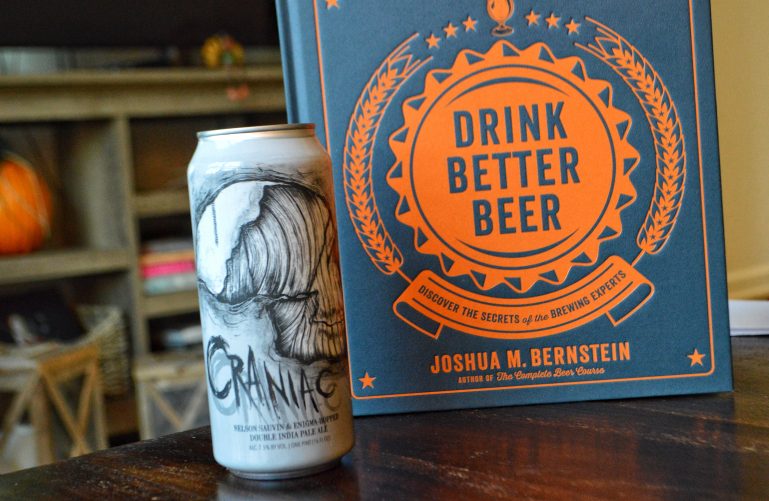Inspiration From the Past: Historical Beers And Their Place in Modern Brewing

A few weeks ago, I talked to 4th and 5th graders about the job of a historian, the importance of research and the power of curiosity.
I must have done a good job, because the 4th graders were impressed that I fashioned myself a historian more than a teacher. It’s likely the last time a lot of these kids hear “historian” without their eyes glazing over, but you can’t choose what you love.
In the course of the discussion, a student asked what I’d recently been researching and I had a hard time not blurting out “Beer!” Instead, I mentioned my MA thesis on Washington Irving’s Three Western Narratives and how they challenged the mid-19th Century view of the American West. Cue eyes glazing over.
Oddly, up until recently, my historian tendencies never really kicked in with beer. Learning about the characteristics of each style is daunting enough without throwing in their origins and journey to modern times. After all, enjoying beer doesn’t require knowing the history or science behind brewing, but both subjects have a tremendous impact on the liquid in your glass.

In the strictest sense, most of the beers we drink are “historical” since they’ve been brewed in one form or another for centuries. Hefewiezens are about a millennium (!) old, while lagers have been around since the 1400s. Even porters, pale ales, and pilsners have hundreds of years under their belt.
So what exactly is a historical beer in the brewing community? The Beer Judge Certification Program (BJCP) Guidelines defines historical beer as “. . .styles that either have all but died out in modern times, or that were much more popular in past times and are known only through recreations.” Likewise, the Great American Beer Fest, the granddaddy of all beer festivals, has a separate category for beers that they deem “historical” or that “[commemorate] combinations of unique brewing ingredients and/or techniques established in past periods.” In laymen’s terms, historical beers are potentially weird tasting brews that use funky ingredients and probably stopped being brewed because nobody liked them.

With that stunning reveal, I’m sure you’re left wondering why anyone should care about these obscure styles. Sahtis? More like notties! Kyut? You mean the 2006 Dutch Footballer of the Year? These beers may be enigmatic, but they can actually serve a purpose beyond having a completionist check them off the list.
With the explosion of craft breweries across the US, it’s become imperative to stand out in order to achieve any measure of success. The versatility of hops has allowed IPAs and its various iterations to greatly assist in this process. However, different combinations of hops and new hop varietals can only offer so much, especially to the beer drinkers who don’t necessarily obsess about the hops in their beer.

The perfecting and retooling of classic styles combined with the revival of forgotten recipes stimulate the creativity needed to keep craft beer from skunking. Those beer nerds who just happen to be history nerds have a leg up on the competition. Now, I’m not saying that the next beer gold mine is going to be found in a dusty manuscript. Brewers know the chances of that happening are slim, so curiosity, as opposed to dollar signs, is definitely the driving force behind many of these explorations.
The Revival of Gose

Don’t believe me? Just take a look at the gose. A sour and salty beer that exploded in popularity in 18th century Leipzig, Germany, the gose became virtually extinct by 1966. Gose flowed again by the 1980s and slowly captured the attention of American brewers, until it burst into the craft beer market a few years ago. Smaller breweries, like Off Color Brewing (Chicago) and Westbrook (Mt. Pleasant, SC) quickly embraced the unique style and the larger ones, Boston Beer Co. and Sierra Nevada among others, followed suit. The New York Times and USA Today quite happily guide you to the right gose choice while bloggers proclaim that gose is THE beer of 2016. Pretty great, right?
I know exactly what you’re thinking (I’m a teacher after all and I’m well versed in reading minds): Boy, this sounds a lot like a fad. And you know what, I’m not going to argue with you. In a society where people scramble to define themselves by rallying around shiny, new things, popularity doesn’t equate to longevity.
When it comes down to it though, does it really matter if goses fade back into obscurity in a few years? Beers naturally evolve as the palates and desires of drinkers change making them highly susceptible to a faddish existence. Drinking has always been a communal activity that reflected societal trends, so viewing beer as a static entity completely misses the point.
Accordingly, the popularity of gose can hardly be seen as the death knell of the craft beer industry. The craving for variety spawned the craft beer movement and fuels it today. Looking into the past for inspiration isn’t admitting defeat, rather it’s expressing curiosity about the history of a beverage that has evolved over thousands of years.
The IPA: Iconic Historical Beer Success Story
 Still not convinced, are you? I see you goses and raise you IPAs. Yes, the ubiquitous American hop bombs once languished in obscurity until West Coast brewers reinvigorated the style. First brewed in the 18th Century, India Pale Ales were excessively hopped to ensure that the British beer shipped to expats in India would remain drinkable. It wasn’t until the 1840s, however, that IPAs hit their stride in England. Marketed as an exotic and adventurous brew, they quickly became a favorite of British drinkers and gradually made their way to America
Still not convinced, are you? I see you goses and raise you IPAs. Yes, the ubiquitous American hop bombs once languished in obscurity until West Coast brewers reinvigorated the style. First brewed in the 18th Century, India Pale Ales were excessively hopped to ensure that the British beer shipped to expats in India would remain drinkable. It wasn’t until the 1840s, however, that IPAs hit their stride in England. Marketed as an exotic and adventurous brew, they quickly became a favorite of British drinkers and gradually made their way to America
Grain shortages during the World Wars, along with Prohibition in America, basically wiped IPAs off of the brewing map. Those that remained in England paled in comparison to their ancestors, and lagers gained a stranglehold on the American beer market. When the craft revolution began in America, brewers looked to old styles and flavors that had been neglected by the macrobreweries. West coast brewers chose to showcase their local hops and IPAs served as the perfect vehicle. And the rest, as they say, is history.
So where does all of this leave us? Well, in a series of future posts, I’ll be exploring some historical styles that are still kicking around in a few breweries. Ultimately, I’m looking to learn more about the roots of brewing, the impact that locale has on the craft and how some of these “old” ingredients and techniques might have an impact on the future of brewing. Now keep in mind, this isn’t going to be an effort to discover “the next big thing,” rather I’m hoping to satisfy my own curiosity and maybe stimulate yours.
Up first? Grodziskies, the smoky Polish treat! Admit it, you’re intrigued.


